Lifestyle - Interview
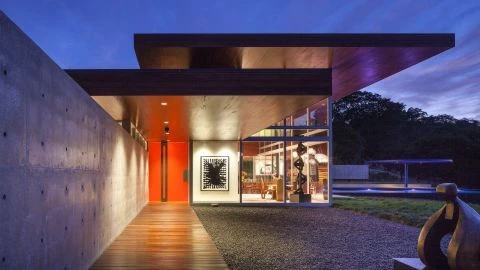
Interview with Architectural Photographer Russell Abraham
Lifestyle - Interview
by Melisa Kaya
Russell Abraham is an architectural photographer for over 30 years in San Francisco. He picked up his first camera when he was 12, but he did not know that he would be a professional photographer. His interest in art led him to study architecture. The passion for art and architecture led him to become an architectural photographer. At the beginning of his career, he worked with notable Bay Area photographers Joshua Friewald and Jeromiah Bragstad. Black and white film turned to colored film, analog cameras turned to digital cameras, but the secret of a good photograph is still hidden in the simple question, Who is behind the Camera? I asked Russell Abraham about the Importance of Photography in Architecture, the basics of photography, and his career.
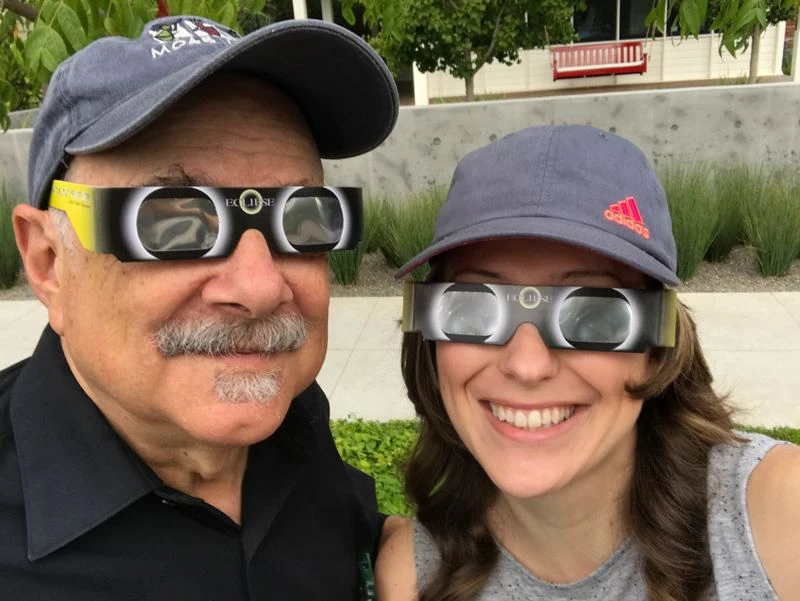
Russell Abraham and Kristen Paulin
How did you decide to pursue a career in photography? What or who inspired you?
I think I picked up my first camera when I was 12. It was some Kodak point and shoot and I was frustrated at how limiting it was. I was always interested in art, my favorite subject in school and photography was just one more medium to explore. My cameras kept getting better and larger. After toying with the idea of going to art school for my university years, I ended up in the architecture school of the University of California at Berkeley. Little did I know at the time that I was matriculating at one of the country’s premiere schools of architecture. I came in contact with some of the great architects of the day. It was a heady experience. After college, I did a stint living in Japan and working as an English teacher. When I came back, I made an effort to make a living as a photographer. After a series of false starts, a friend suggested that I try shooting architecture. My timing was good and I quickly took up the craft. Within a fairly short period of time, my client base became almost exclusively architects and interior designers.
San Francisco is not Los Angeles or New York, but it is a major design center in the United States and is home to a number of significant international design firms such as HOK and Gensler. The Bay Area is a large and prosperous metro area. It is home to Silicon Valley, the juggernaut that is the tech world. As such, there has always been a good supply of projects to work on. Today, almost half my competitors are from foreign countries drawn here by the work, the positive environment, and the weather.
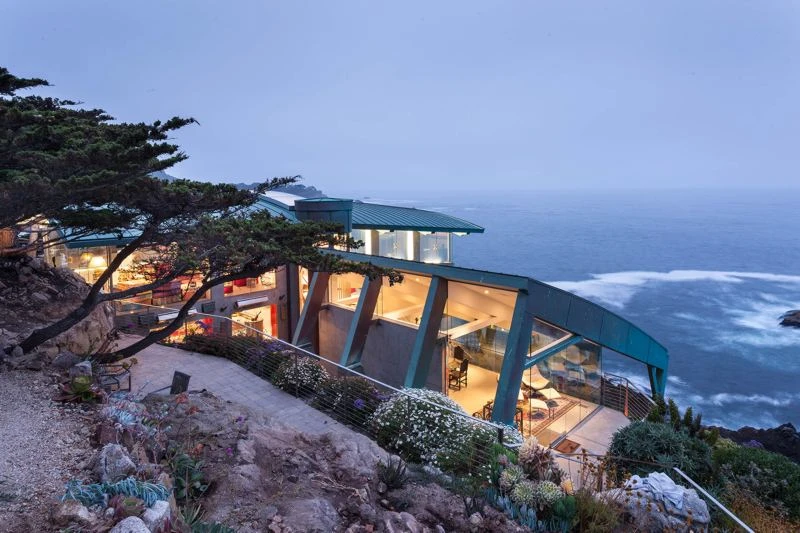
Pelican Point by Eric Miller Architects - Photo by Abraham & Paulin Photography
How would you describe your photographic approach?
When I started out in the late 1970s architectural photography was still a large format black and white medium. The few practitioners at the time were mostly white bearded guys toiling with heavy view cameras and upside down images on a dimly lit ground glass. We have come a long way since then, but the principals are much the same. F stops and shutter speeds are still the same. Pictures tell stories whether in film or digital. With architectural photography, the story is about the building or the space. How does it work? How big is it? What holds up the roof? What happens under it? If I can show all that and then add some sex appeal, I have succeeded. Our goal is to create images that are inviting. Images that spark the imagination of the viewer. Images that let the viewer feel he or she is in the space. When we do that, I think we have a shoot that we are happy with.
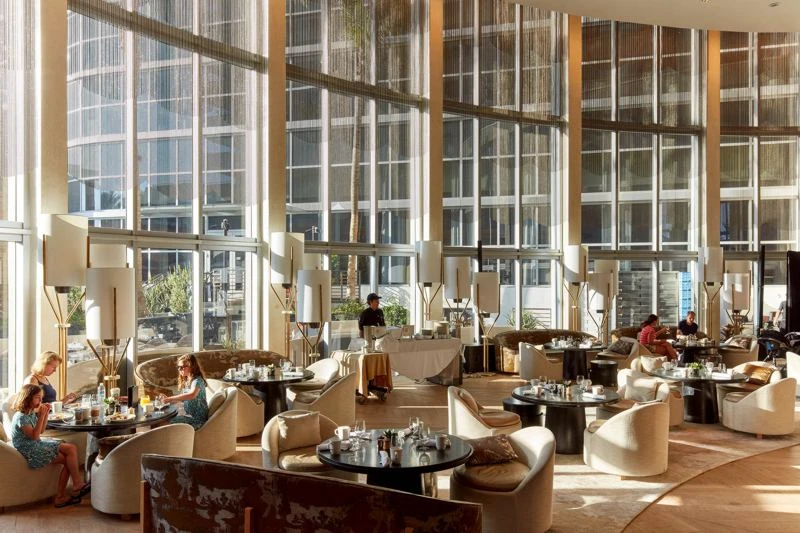
Nobu Hotel Miami Beach, FL - Photo by Abraham & Paulin Photography
What is the most important component of a spectacular architectural photograph?
I have always been a big believer in adding my light to almost any space I shoot. We used to use large wattage flash units and intense quartz halogen lamps. Today I have dialed down the power a bit, but still light most spaces. By adding our light, we help define the space and all the things, colors and textures in it. Photoshop gives us the option of blending together a variety of takes from the same scene so that we can create a bright and natural look in our work. I think that our work has a definite sparkle that is lacking in many other photographers’ work.
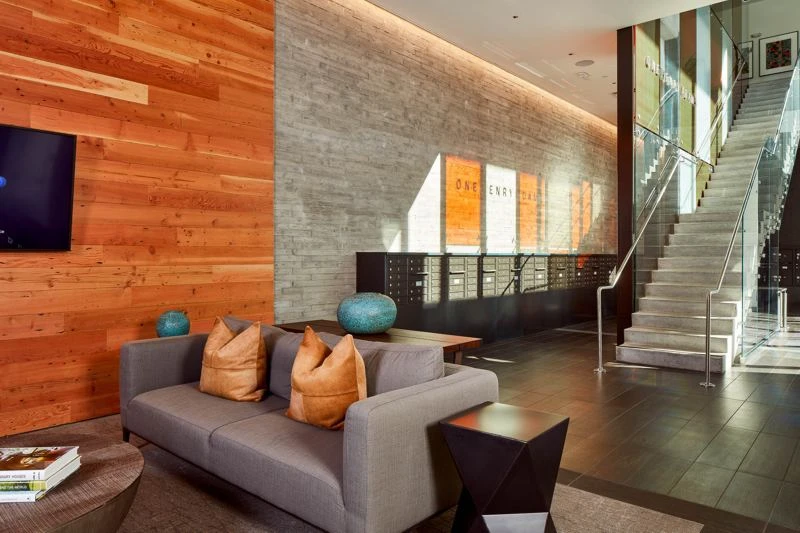
One Henry Adams Apartments by BAR Architects - Photo by Abraham & Paulin Photography
How does the work of a professional architectural photographer add value to the architectural project?
Many of my clients often tell me that all they have left after a project is completed is a set of pictures. Great photographs are the currency to showcase work for many design firms. This is being challenged today by amazing rendering software, but a real photograph is still king of the visual world.
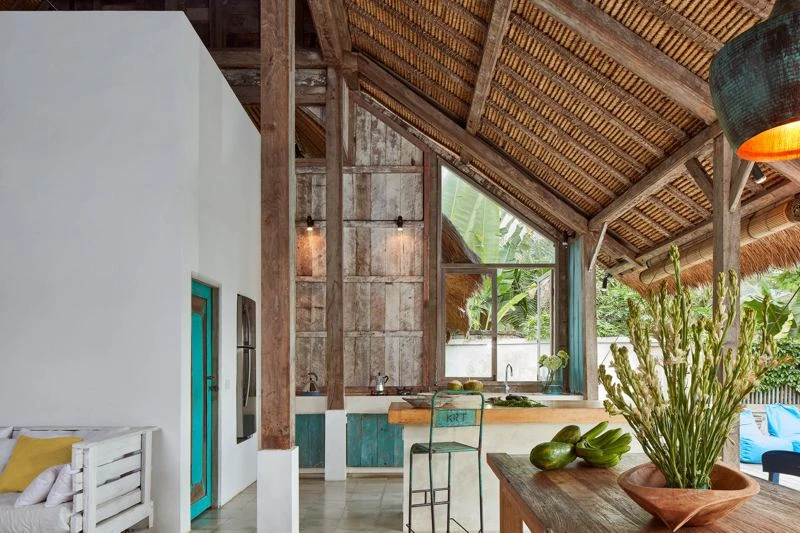
Balinese Limasan House by Alejandra Cisneros. Sami House, Ubud, Bali - Photo by Abraham & Paulin Photography
Could you tell us about some of your architectural photography projects?
My career has stretched out over several decades and I am still having a great time. I have done assignments for large international architectural firms and small, two-person design studios. I try to treat every client as a special person with a unique vision. Recently, my partner Kristen Paulin and I were in Bali, Indonesia for a month working on a book about vernacular residential design there. It was a fantastic experience, both culturally and aesthetically. I have photographed everything from high-security prisons and homeless shelters to the mansions of some of the world’s richest people. I have shot grand, Belle Époque, five-star hotels and fashionable resorts around the world. For a period of about ten years, I shot all of Royal Caribbean’s new ships as they came online, from Europe to Asia to Miami. These days, we have been shooting a lot of very high-end houses in northern California. We have also been fortunate to shoot a variety of hotels both in San Francisco and South Florida.
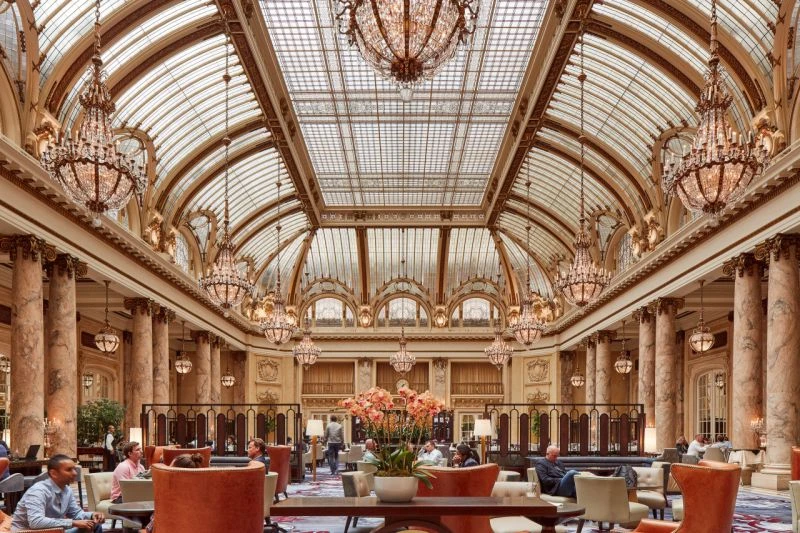
The Palace Hotel San Francisco - Photo by Abraham & Paulin Photography
Smartphones and affordably priced DSLR cams made everyone is more enthusiastic about photography. How did this affect the professional photography industry?
Well, it seems like everyone is a photographer today and I guess that is a good thing because it raises everyone’s visual literacy. But being a pro is quite a bit different than being an enthusiast. A professional photographer delivers a set of images to a client that fill specific visual needs, consistently and reliably. This is true whether you are photographing babies or skyscrapers. A professional creates great shots by training and experience. Amateurs rely more on luck. I think that we bring a value-added dimension to our work that can be seen by the discerning client who is willing to pay for the best product. I would like to be defined by my work and not by my cameras. We are serious about adding value for our clients and making sure to anticipate their needs, staying up to date on technology and methods, and keeping meticulous archives to protect our clients’ images.
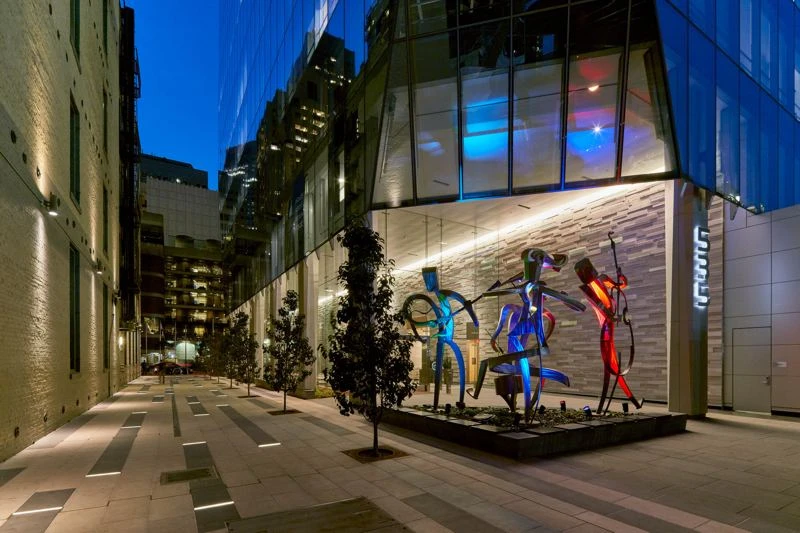
535 Mission St - Photo by Abraham & Paulin Photography
What do you think about social media? How do you use it for your profession?
I find that what works best is generating our own media. Recently, my partner Kristen Paulin revamped our website and added hundreds of high-quality images. It made a big difference in our visibility on Google. I have been writing a monthly blog for about the past eight years. We try to send out a monthly e-newsletter to about 1200 of our closest friends. LOL. Instagram is interesting, but it is something we have not started using in a regular fashion.
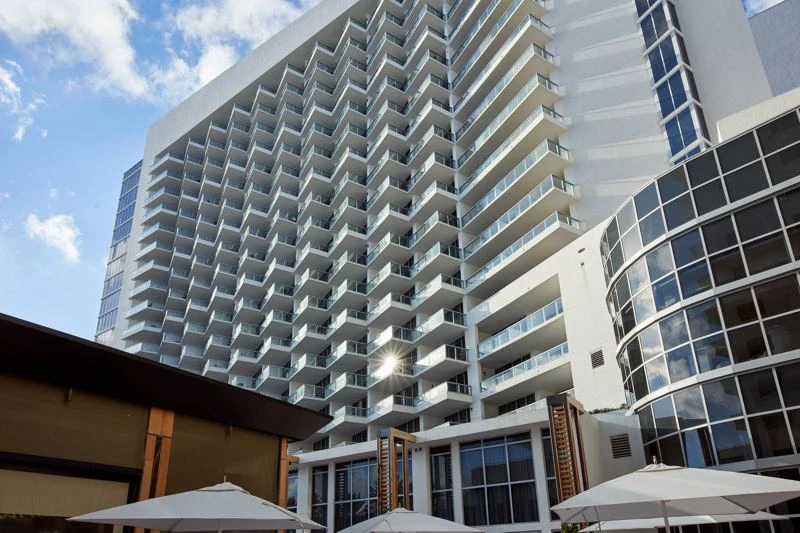
Nobu Hotel Miami Beach, FL - Photo by Abraham & Paulin Photography
What type of services do you offer to architecture firms?
We have the ability to shoot both still and video for our clients. One of our associates, Eric Sahlin, is an accomplished filmmaker. He handles most of our video requests. He is also a licensed drone pilot and handles all of our drone shooting. We find ourselves doing more Photoshop work for our clients. We have two work-stations with high-end, color calibrated NEC monitors for our PS work.
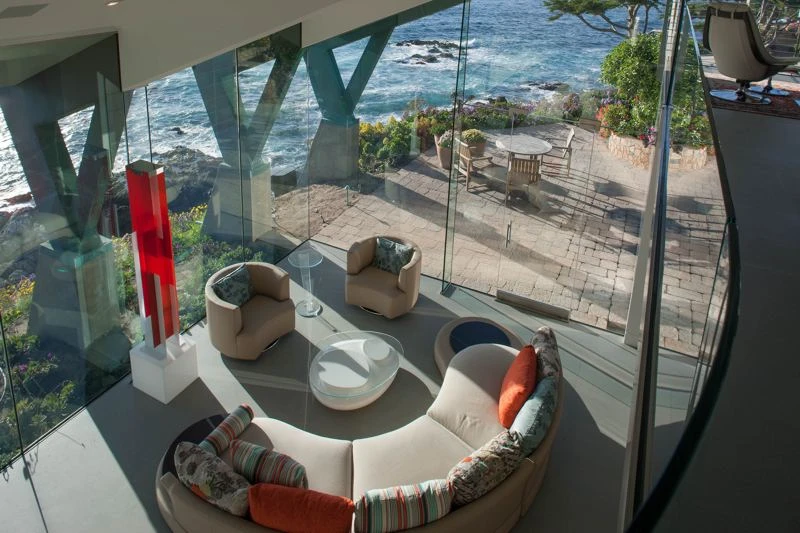
Pelican Point by Eric Miller Architects - Photo by Abraham & Paulin Photography
Who is behind the Camera?
Russell Abraham, Kristen Paulin and Eric Sahlin comprise Abraham & Paulin Photography. Russell and Kristen divide up the shooting and post-production work. Eric is our drone and video person. We work both collaboratively and independently utilizing each contributor’s skill set as required. You can find us easily at www.russellabraham.com. Our email is ra@russellabraham.com or kristen@russellabraham.com
Thank you Russell.
For more information, please visit website of Abraham & Paulin Photography
This interview was conducted in a Question-and-Answer format. The answers were checked for grammar and punctuation and published without any additional editing. Tuesday, August 7, 2018. All photos are the property of their respective owners.